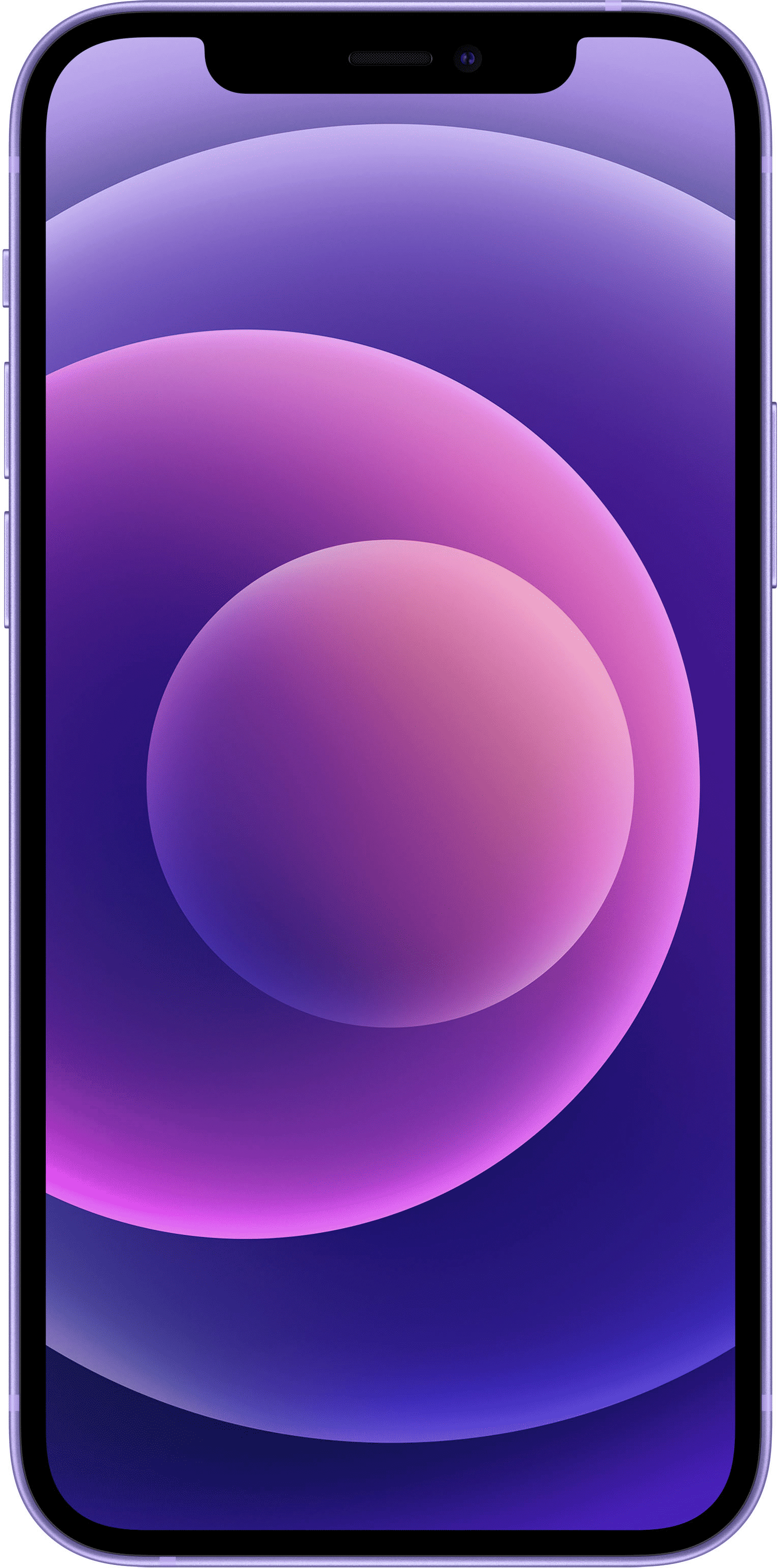
Apple’s iPhone 12 is the mainstream model in the iPhone 12 range. Bigger than the iPhone 12 mini, but smaller and less feature-rich than the iPhone 12 Pro Max, the iPhone 12 still has its own identity. With the iPhone 13 offering only minor improvements, the iPhone 12 remains a brilliant, do-anything phone full of high-end features, as you’ll discover in our iPhone 12 review.
Pros
- Brilliant design
- Strong features including 5G
- Blistering performance
Cons
- 64GB version offers too little storage
- No longer the latest iPhone
- Gets warm in intensive use
Quick links:
iPhone 12 – overview
Apple announced the iPhone 12 family in October 2020, with a choice of four phones. If you’ve got the budget, the iPhone 12 Pro and iPhone 12 Pro Max offer incredible features. If not, the iPhone 12 and iPhone 12 mini are cheaper, and very nearly as good.
Remember that this is no longer the latest iPhone – the launch of the iPhone 13 family means you can expect new and used iPhone 12 prices to keep falling as users upgrade. Officially the iPhone 12 starts at £679, with the 256GB model costing £829, but you’ll pay less when you buy an iPhone 12 on Mozillion.
The iPhone 12 features Apple’s blisteringly fast A14 Bionic processor, and has 5G network support. It improves on the iPhone 11 in many ways, being waterproof to three times the depth (six metres), and featuring a lush, OLED screen that knocks spots off the old LCD one. It’s the phone’s showpiece, so it’s great that it’s protected by Ceramic Shield – a new, tougher type of glass.
You can buy the iPhone 12 in purple, blue, green, red, white or black. It’s easy to customise it with a choice of MagSafe cases and accessories. But is it worth buying now that the iPhone 13 has launched?
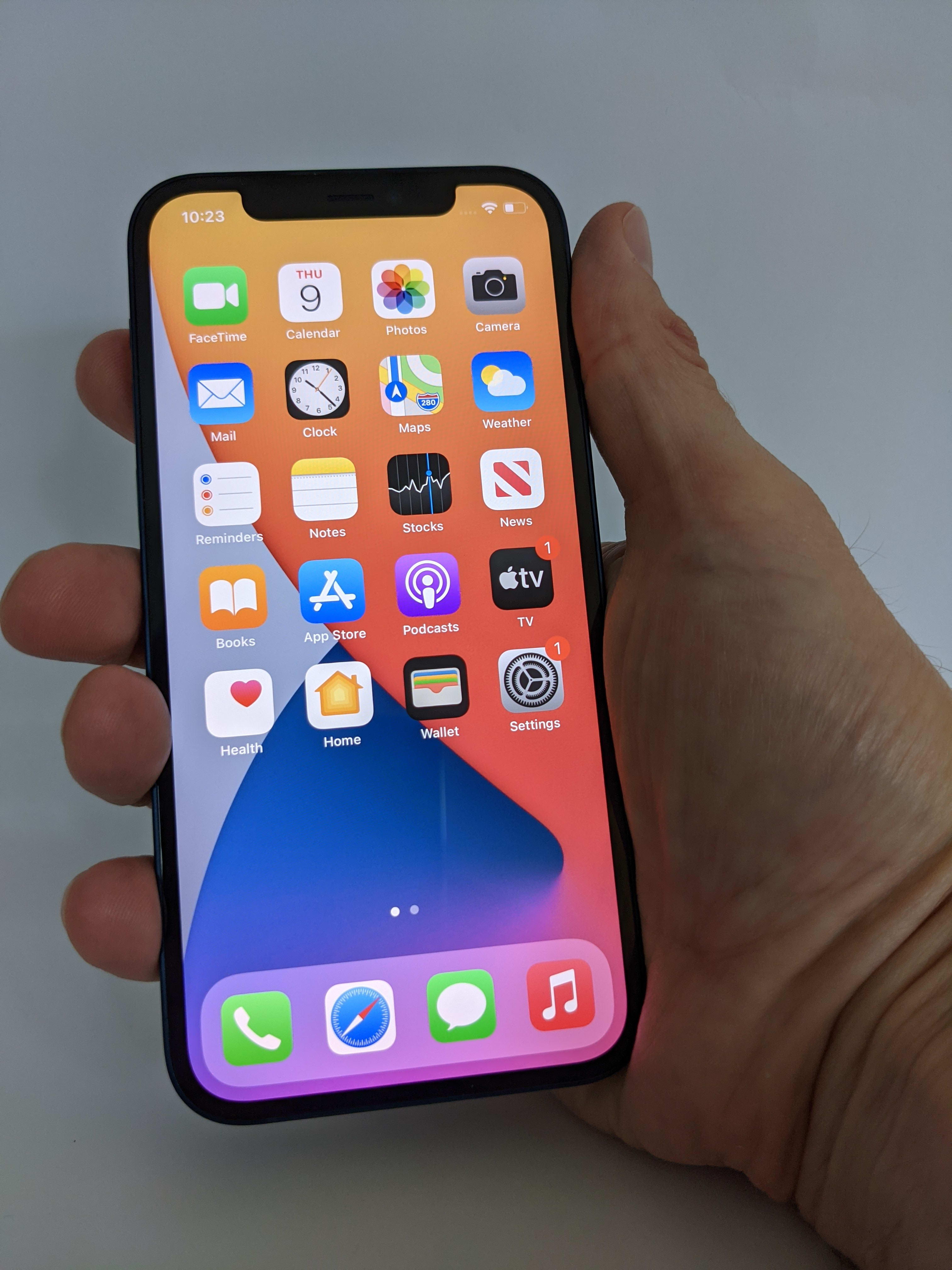
iPhone 12 – design
Some 14 years and 14 generations since its launch, the iPhone still looks and feels special. While rivals experiment with radical ideas like folding screens, the iPhone 12 is just a subtle update over the iPhone 11. Its most obvious update is a new 6.1” Super Retina XDR display, which stretches almost to the very edge of the phone.
Overall the iPhone 12 is slightly smaller than the iPhone 11, and at 162 grams it’s lighter, too. While the iPhone 12 Pro models get a stainless steel body, the iPhone 12 is aluminium.
The iPhone 12 introduced one other significant design change from previous models. Where earlier iPhones all had a rounded edge, the iPhone 12 family features straight sides, and almost no rounding where they meet the front and back. It looks distinctive, singling out the iPhone 12 from the others that came before it. But with sharper, hard edges, the iPhone 12 isn’t as comfortable in your hand.


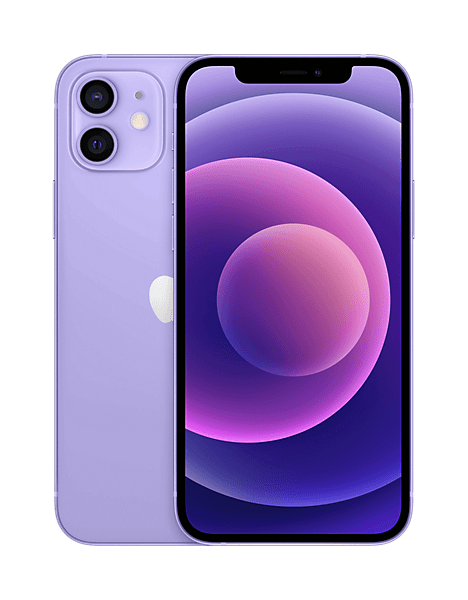
iPhone 12– display
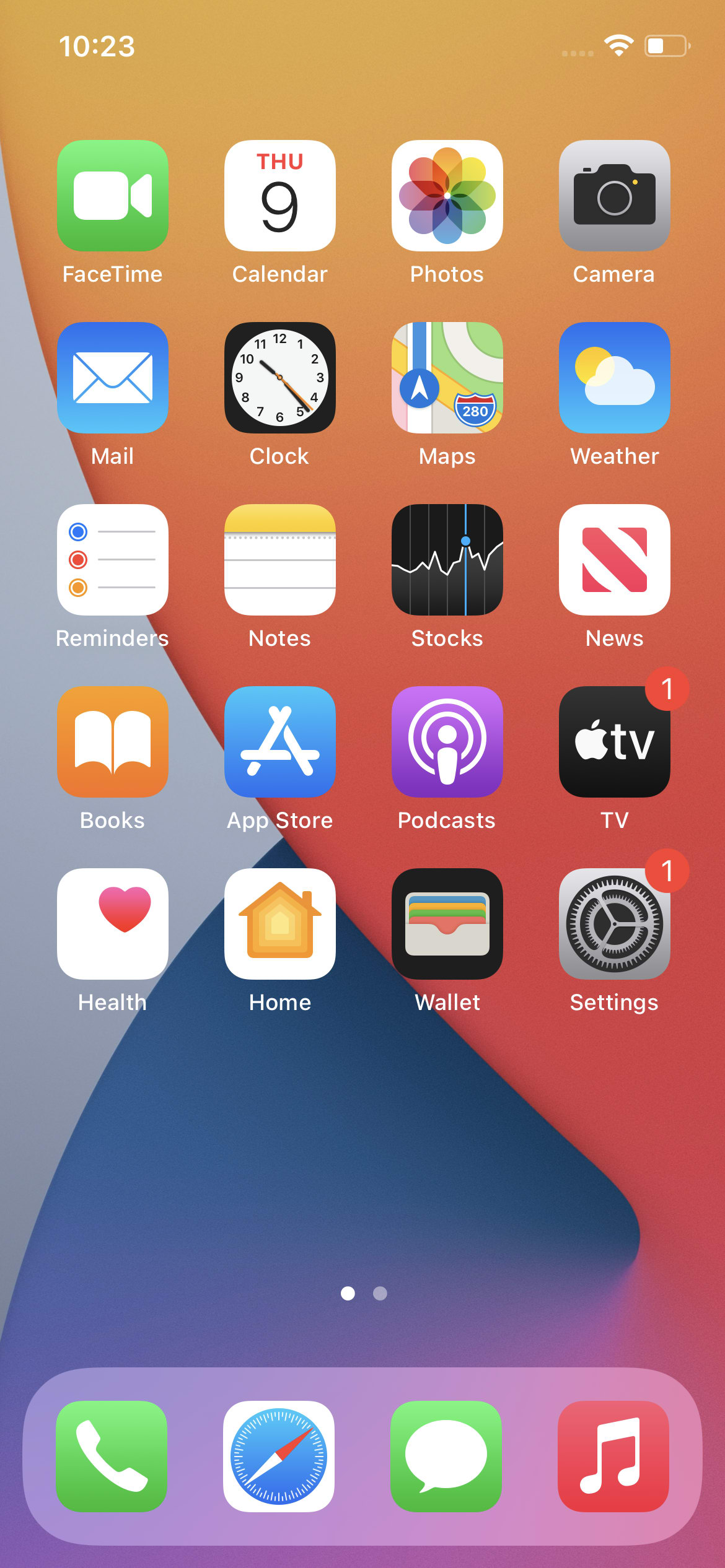
The iPhone 12 is built around a 6.1” Organic LED (OLED) display. While it’s similar to the 5.8” screen on the iPhone 11 Pro, it squeezes in a huge 2,532×1,170 pixel resolution, giving it 460 pixels per inch (ppi). It’s capable of incredible detail – tiny text and diagonal lines look super smooth, and graphics and images really pop. They’re helped by vivid colours, and a claimed 2,000,000:1 contrast ratio.
The display stretches almost to the edge of the phone, with only a tiny metal border. It’s the ultimate realisation of Apple’s bezel-free design, but it’s worth noting that the image itself doesn’t quite reach the edge of the glass. And while other phones – even much cheaper ones – have tiny cutouts for their front-facing camera, the iPhone 12 still has a big notch – it’s smaller on the iPhone 13. At 60Hz, the iPhone 12’s refresh rate is also slower than some high-end Android rivals.
Even so, this is a fantastic screen for gaming, photography and other creative uses. While the notch swallows part of the picture in full-screen films or games, it’s unlikely to ever get in the way of the main action. And while a 120Hz refresh rate might have improved the phone’s fluidity, most people won’t miss it.
Apple says that its Ceramic Shield glass is four times stronger than the screen on the iPhone 11, and plenty of internet drop tests seem to back this up. But with Apple charging £266.44 for a screen repair, we’d still recommend protecting your investment with a case.
iPhone 12– camera and video performance
While its screen and design have moved on from the iPhone 11, the iPhone 12 shares much the same camera setup – and that’s no bad thing. At the back, a dual 12-megapixel system offers wide and ultra-wide angles, plus there’s up to 5X of digital zoom. One small change is that the wide camera now has a slightly larger ƒ/1.6 aperture, so it can capture more light in dim scenes.
There are plenty of video features, too, including HD slo-mo mode at up to 240 frames per second, and optical image stabilisation to help keep things shake-free. For the iPhone 12, Apple has added HDR video recording with Dolby Vision, and a new time-lapse night mode. The front camera also has a 12MP sensor, and gains Night Mode and HDR Dolby Vision recording over the iPhone 11.
It’s hard to fault the iPhone 12’s photo and video performance. It’s fast to focus, and quick to capture still images either individually or in bursts. While the various camera modes provide scope for creativity, just pointing and shooting almost always results in a shot you’ll want to keep. Rivals such as the OnePlus 9 Pro offer higher resolution and similarly high quality results, but the iPhone 12 is still among the best.
It’s a rare smartphone that doesn’t take decent photos and videos these days, but in some respects the iPhone 12 is a cut above the typical mid-range Android competitor – and even some high-end alternatives. In particular, Night Mode performance is eerily good. The iPhone 12 can magic reasonable portraits out of near-total darkness. During burst shooting, where lesser phones lag as they work through a backlog of image processing, the iPhone 12’s fast processor ensures it stays responsive – and keeps shooting.
Apple has tweaked the cameras on the iPhone 13, further improving low-light performance and adding new features like Cinematic Mode. While they’re worth having, they’re probably not enough reason to upgrade an iPhone 12.
iPhone 12– performance
Geekbench 5 results
CPU single-core scores:
- iPhone 13 Pro – Score= 1,746
- iPhone 13 – Score = 1,723
- iPhone 12 – Score = 1,590
CPU multi-core scores:
- iPhone 13 Pro – Score= 4,899
- iPhone 13 – Score = 4,612
- iPhone 12 – Score = 4,052
3DMark Wild Life Extreme results
Best scores:
- iPhone 13 Pro – Score= 3,118
- iPhone 13 – Score = 2,523
- iPhone 12 – Score = 2,175
Worst scores (20-minute loop):
- iPhone 13 Pro – Score= 2,235
- iPhone 13 – Score = 1,983
- iPhone 12 – Score = 1,494
There’s no two ways around it, Apple’s smartphones are comprehensively quicker than any others you can buy. The iPhone 12 was king of all, until the iPhone 13 arrived in September 2021. The iPhone 12 is powered by Apple’s own A14 Bionic chip, which blows away previous iPhones and even the quickest Android rivals. In Geekbench 5 it combined a single-core score of 1,590 and a multi-core result of 4,052, with a mighty 9,370 in the Compute test. In case you’re wondering, the iPhone 11 recorded scores of 1,334, 3,442 and 7,606 in the same tests.
The iPhone 12 is similarly stunning when it comes to gaming. It notched up a best score of 2,216 in the 3DMark Wildlife Extreme benchmark. When we tested theiPhone 11 it managed a creditable 2,141 on the same test – while a Google Pixel 4a couldn’t even break 300.
But there’s a catch to the iPhone 12’s fearsome power – it comes at the cost of significant heat. Run a longer benchmark or play a demanding game and the phone needs to slow down to prevent overheating. This was noticeable on the 3DMark Wildlife stress test, where an initial score of 7,790 had dropped to 5,428 by the final loop, a 30% fall in performance.
Demanding use can heat the iPhone 12 up so much that it’s uncomfortable to hold. But you’re less likely to notice the falling frame rates, given that they start from such a high level.
iPhone 12 – battery performance
Apple says that the iPhone 12 battery is good for up to 17 hours of video playback, 11 hours of video streaming, or more than two days of audio. As always, it’s hard to say how long it’ll last in real life – everyone uses their phone differently. In our tests, the iPhone 12 looped a full-screen movie for just under 14 hours – reasonably true to Apple’s claims. The battery will easily go all day, so long as you don’t overdo it with gaming or video calls.
We tested charging time using a 20W charger. From fully empty, the iPhone 12 took almost three minutes to turn on, after which it charged rapidly. It reached 50% in just 28 minutes, so emergency top-ups are quick. The 80% waypoint came up after 53 minutes, with a 100% charge finished within two hours.
Battery life (movie playback)*
- iPhone 13 Pro – Time = 19hr 2mins
- iPhone 13 – Time = 18hrs 46mins
- iPhone 12 – Time = 13hrs 50mins
Charge Time (0-80%)
- iPhone 13 Pro – Time = 53mins
- iPhone 13 – Time = 55mins
- iPhone 12 – Time = 53mins
*Battery life test involves looping the playback of an HD movie from fully charged until the phone shuts down.
iPhone 12– options and additional features
The iPhone 12 offers up to 18 combinations of colour and storage. While you can buy 128GB and 256GB versions, the base model’s 64GB feels increasingly stingy when even mid-range rivals now often start at 128GB – as does the iPhone 13.
Four of the available colours – white, black, blue and red – are bold. We’re not sure about the green and purple options, which look like a bathroom suite your parents ripped out in the early 2000s. Regardless, it’s nice to have a wide choice.
The iPhone 12 works with existing iPhone chargers and accessories via the Lightning port, and Qi wireless charging pads. You can also choose from a range of MagSafe accessories that promise quicker and easier fitting, and more accurate alignment for wireless charging. We tested the iPhone 12 with a car’s wireless charging pad, and had no issues aligning it or getting a reasonable rate of charge.
Finally, it’s worth flagging up that there are no headphones or charger with the iPhone 12. While that’s great to help avoid needless electrical waste, it’s an extra expense if you don’t already have them.


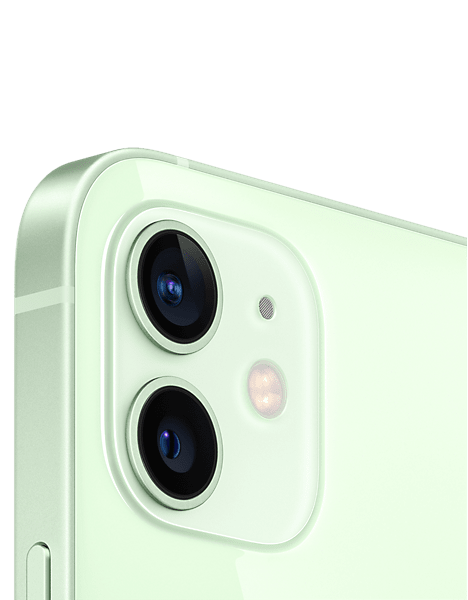


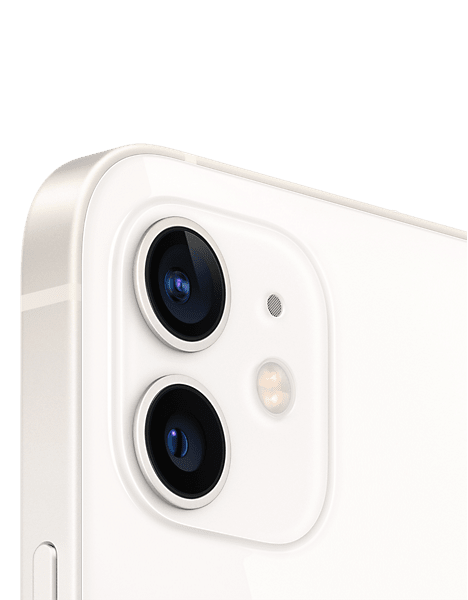
iPhone 12 – build quality and things to look out for
Some iPhones have suffered from issues at launch, but the iPhone 12 has been free of major controversy. With no moving parts there’s precious little to go wrong with a typical iPhone, provided it’s looked after and kept in a case. The iPhone 12’s incredibly strong screen glass should resist all but the most violent knocks, but it’s worth knowing that the rear glass is less tough – it’s more likely to break in a fall.
As with all phones, an iPhone 12’s battery will begin to lose capacity over time. You can view the remaining maximum capacity by entering Battery from the Settings menu, then selecting Battery Health. Optimised Battery Charging, standard in iOS, should help preserve the battery’s working life, so it’s important to leave it switched on. Like all iPhones running iOS 11.3 or newer, the iPhone 12 uses Peak Performance Capability to prevent the phone shutting down if the battery can’t provide enough peak power.
One additional note is that many users report that 5G can be very power-hungry. If getting through the day on one charge is more important than the fastest mobile data, you can turn off 5G from Settings>Mobile>Mobile Data Options>Voice & Data.
iPhone 12 – verdict
The iPhone 13 offers no radical improvements over the iPhone 12, which remains a great phone. With falling prices and plenty of refurbished iPhone 12s to choose from, it’s still a canny choice.
Cramming a huge screen into a stylish mid-sized body, and combining it with blistering speed and high-quality cameras, the iPhone 12 is still capable of filling almost any role. Want a sleek, everyday phone? The iPhone 12 combines great design with the convenience of all-day battery life, and the speed of 5G. Want gaming? It delivers frame rates rivals can only dream of.
If you’re a keen photographer or filmmaker, the iPhone 12 also serves as a great go-anywhere camera, but here there are caveats. Several high-end Android phones run the iPhone 12 close on camera performance, and the standard phone’s 64GB is miserly if you’re shooting loads of video. You might want to consider the better cameras and greater storage on an iPhone 12 Pro or iPhone 13 Pro.
In truth, the only good reason not to buy the iPhone 12 is the iPhone 13. If you can afford the latest and best, buy an iPhone 13. But if you want to buy an iPhone 12 for less, watch prices fall as existing owners begin to upgrade.
